Chelsea showing signs of youth change under Conte – but is this the real thing?
It's early days, says Alex Hess, but the Blues certainly seem more willing to give youth a chance under the guidance of Antonio Conte
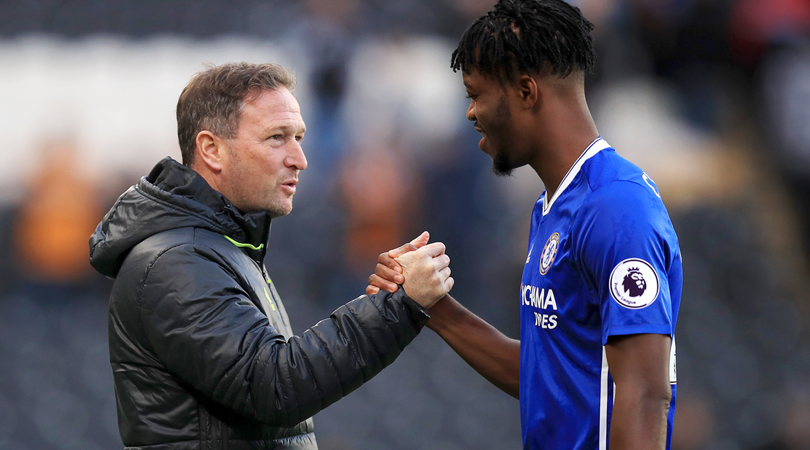
Slowly but surely over the last few years, Chelsea Football Club has come to entail two very separate operations. At the top there’s the senior setup, which runs along the same lines of most other elite clubs: a squad of around 25 is shaped and reshaped each transfer window, often at vast expense, and those players compete for and share first-team duties.
Below that, though, is a whole other setup which exists on an entirely different scale. Like most top clubs, Chelsea have a global scouting network whose job it is to identify the best young talent from near, far and everywhere in between.
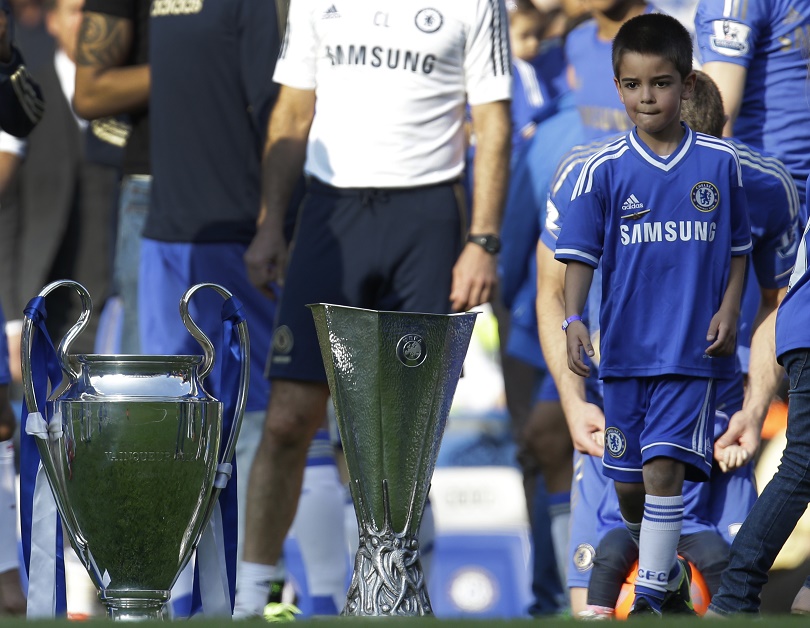
The difference is that Chelsea hoover up these players en masse – as well as developing local talent – and enrol them in their all-conquering youth academy (the club’s youngsters have won four of the last five FA Youth Cups and back-to-back UEFA Youth Leagues). Then, when they’re old enough for first-team action, they're loaned out to clubs right across the continent, often for years on end. And finally, when their value is judged to be at its peak, they are, almost without exception, sold permanently.
Do the math
Chelsea’s youth setup, in the words of Stringer Bell, is just business: money invested by a club at youth level is not tallied into Uefa’s FFP calculations, while cash recouped from selling so-called senior players is
Chelsea currently have 38 players out on loan, in Bristol and Brazil, at Aldershot and Alanyaspor. The scale and systematic nature of this operation is notable enough, but the real oddity is that, so far, this second operation has not affected the primary one a jot. Chelsea’s youth setup, in the words of The Wire's Stringer Bell, is just business: money invested by a club at youth level is not tallied into UEFA’s FFP calculations, while cash recouped from selling so-called senior players is. The entire exercise is, in effect, a book-balancing manoeuvre.
But while it’s been a lucrative arrangement – if an ethically murky one – almost none of Chelsea’s academy players have been exposed to any degree of first-team football in recent years, let alone been given the chance to establish themselves. John Terry, who made his debut 18 years ago, remains the most recent player to progress through the ranks in any meaningful sense.
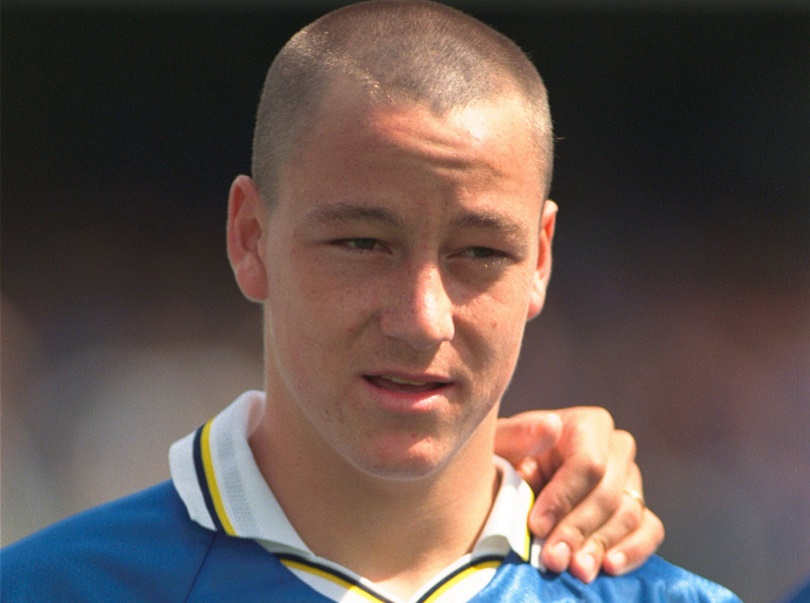
This season, though, Chelsea have shown the first tentative signs of integration – most notably last weekend, when all three substitutes used by Antonio Conte in his side’s win over Leicester were academy products (and one, Nathaniel Chalobah, provided the game’s crowning moment with a twirling, backheeled assist). Beyond that game, there have been four – Dominic Solanke, Ola Aina, Ruben Loftus-Cheek and Chalobah – regularly populating the subs' bench this term, having been named in matchday squads a collective 15 times in eight league games so far.
Get FourFourTwo Newsletter
The best features, fun and footballing quizzes, straight to your inbox every week.
As developments go, this is a relatively minor one, and given that Chelsea have had some injuries of late, it's far too early to be pronouncing any grand strategic sea-change. But a year ago, Loftus-Cheek was a lone figure in this regard, so it clearly does represent something significant. That these players are simply around in the first place is notable in itself. The club's blanket loan policy seems to have been revised, with the cream of the crop retained for in-house experience rather than being farmed out to a satellite club somewhere on mainland Europe.
One of Chelsea's kids did break Twitter with an assist this week, though
Promising signs
Hiddink handed 13 appearances to academy products – not counting Terry – in his half-season in charge, including debuts for Jake Clarke-Salter, Tammy Abraham and Fikayo Tomori
Certainly it makes Conte’s summer pronouncements seem like more than mere lip-service. “Yes, [promoting youth is] important because Chelsea has a fantastic academy,” he said in July. “There are many players with a good prospect for Chelsea. I think that the academy is a great source for the first team. I love to work with the young players and to improve them.”
Conte was singing from the same hymn sheet as his predecessor Guus Hiddink, who last season made the point of saying: “The academy is delivering. There are other players training with us who I would like to see more of. It’s nice to have won these [youth] cups, but it’s even better when those guys have their training sessions with us as well.”
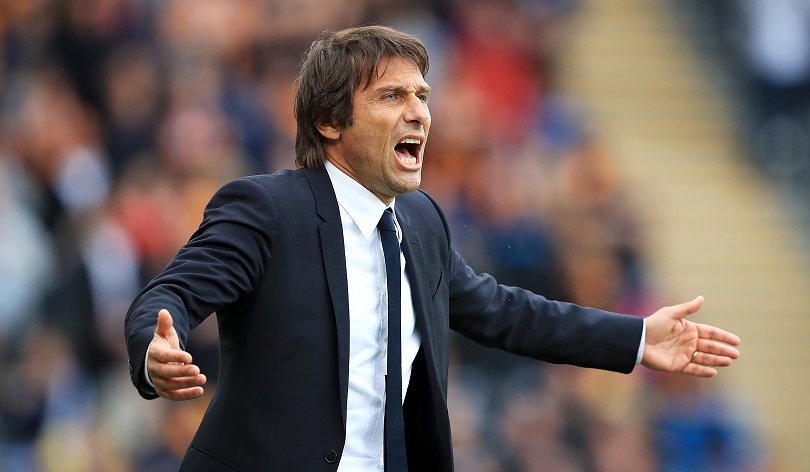
Hiddink walked the walk, too. As well as granting significant game time to young ex-loanees such as Bertrand Traore (and at the expense of flagrantly short-term recruits like Alexandre Pato), Hiddink handed 13 appearances to academy products – not counting Terry – in his half-season in charge, including debuts for Jake Clarke-Salter, Tammy Abraham and Fikayo Tomori.
The equivalent figure for Jose Mourinho’s two complete seasons at the helm was seven. Rafa Benitez totted up 12 in less than a season (though 11 of those were to Ryan Bertrand, who was promptly sent out for his sixth and seventh loan spells before being sold at profit, so is hardly a poster boy for internal progression). Before that, Roberto Di Matteo’s eight months in charge comprised 16 outings for academy products (again, 14 of those being to Bertrand); Carlo Ancelotti clocked up 11 in two seasons. Luiz Felipe Scolari’s tally stands at zero for seven months in charge, Avram Grant matched the same total in a similar time, while Mourinho dished out 14 in his first spell. These are tiny numbers.
Long-term thinking
As much as cash-fuelled short-termism reigns in football, having an academy that supplies a player to the first-team every so often is, indisputably, tremendously beneficial
Chelsea’s problem is not that their academy is short of good players – in fact, it’s stocked with excellent ones. It’s that the club has never viewed them as first-teamers-in-waiting, which is a tad disheartening – not least when the youth setup couldn’t be doing much more, or much better.
"Chelsea have produced plenty of players up to about the Under-20s, but then what happens? They go out on loan," said Dermot Drummy, their former youth team coach and now manager of Crawley Town. "It's messy. There is no real link to the first team. Any manager that comes in has to hit the ground running. You lose a game and it's alarm bells. Their remit is to keep their jobs; be successful with the first team."
Yet there’s a fundamental conflict at work here, because as much as cash-fuelled short-termism reigns in football – and more to the point, as demonstrated by the 13 major trophies won by Abramovich’s Chelsea, it works – having an academy that supplies a player to the first team every so often is, indisputably, tremendously beneficial. As much as it might be a cliché, homegrown players function as a genuine source of pride and optimism for fans, and suffuse the club with a sense of identity. (And with academy graduates an increasing rarity across all top clubs, their symbolic impact is higher than ever.)
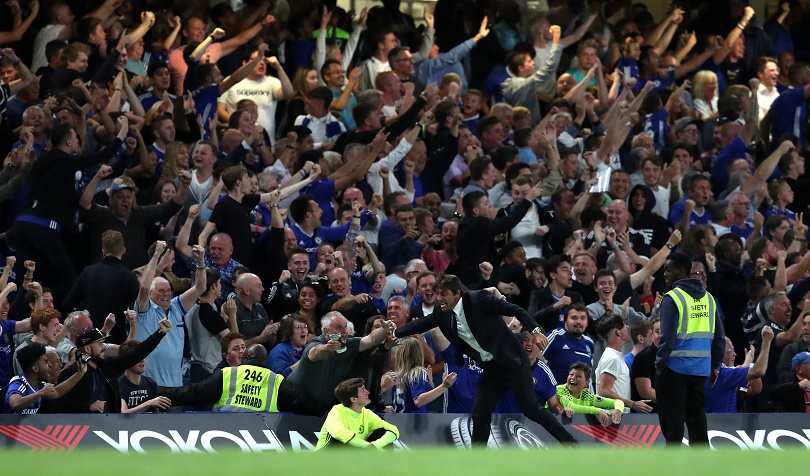
Falling behind
Josh MacEachran and Gael Kakuta are just two who were rated as remarkable talents in their teens; both spent their formative years ricocheting around Chelsea’s loan setup and they’re now plying their trade at Brentford and Hebei China Fortune
But beyond the romantic intangibles that may or may not be of concern in the boardroom, promoting from within has concrete benefits, too – not least in encouraging other young talents to sign up. Right now, a precocious 16-year-old offered the chance to join either Chelsea or Manchester United would look at the sea of faceless loanees employed by the former, the path afforded to Jesse Lingard and Marcus Rashford at the latter, and decide on their own future accordingly.
The crucial thing about nurturing young footballers is that it’s an inexact science – there's no one-size fits all method. A season or two out on loan can work for some, and unsettle others; one player’s fast-track to excellence will be another’s source of wretched stagnation. For every Ryan Bertrand, who the loan system served fairly well, there’s a Joao Rodriguez, the Chelsea striker currently on his seventh loan spell (this time in Colombia) who's averaged five appearances over the previous six stints and, aged 20, is going nowhere fast.
Bertrand scores against Man City
Players progress at wildly different rates and top-level football isn’t just the acid test for a youngster – it can be the making of them. A year ago, few who’d worked with the 18-year-old Rashford saw him as a Premier League match-winner. But Louis van Gaal gave him the platform to be exactly that and, 12 months on, he’s the most exciting player to emerge from United’s setup since Ryan Giggs.
Chelsea have been denying their players that final step. Who knows how many Rashfords-to-be have seen their potential go unrealised festering in the club’s loan system. It may be none. But it may be a good handful. Josh McEachran and Gael Kakuta are just two who were rated as remarkable talents in their teens; both spent their formative years ricocheting around Chelsea’s loan setup and they’re now plying their trade at Brentford and Hebei China Fortune respectively.
Perhaps the overall profitability of the system renders this irrelevant at boardroom level but from a fan’s perspective – not to mention on a simple human level – it seems a shame, to put it mildly.
Actions speak loudest
My conscience tells me that if [Lewis] Baker, [Izzy] Brown, and Solanke are not national team players in a few years, I should blame myself
In recent years there have been gestures towards a change of strategy, albeit rather empty ones. In summer 2014, Mourinho said: "My conscience tells me that if [Lewis] Baker, [Izzy] Brown, and Solanke are not national team players in a few years, I should blame myself. At 16 or 17 I don’t think it’s good for them to go somewhere else to play. They have to learn with us. They will learn a lot."
Yet the trio barely saw the light of day under Mourinho and exactly one year on he was openly rubbishing the notion of a five-game grace period for a young player: "The players and the agents say: 'Oh I need five matches in a row to prove myself'. You don't need five matches in a row. You need 10 minutes. In 10 minutes you can show me if you are ready or if you are not ready."
Eight months later, with Mourinho gone, Chelsea technical director Michael Emanalo was more emphatic than ever in restating the club’s desire to promote from within. “The owner wants it, the first team coach wants it, the academy manager wants it, I want it, the board want it, everybody wants this to happen,” he said, hinting that it may not just have been the players with whom Mourinho found himself in a state of ‘palpable discord’.
Progress?
Again, time will tell whether or not Emanalo’s words were empty. Given that it’s exactly what the fans want to hear, such pledges should be viewed like the ones made by a politician in a hard hat and hi-vis vest in an election campaign: heavy scepticism until there’s good reason to think otherwise. But the early signs are encouraging and it would certainly be heartening if there had indeed been a conscious change of MO from the top, one that’s being acted on.

Costa vs Drogba: Who's the better Chelsea striker? FFT's writers argue
Who is the WORST pundit in the country? You decide...
7 Football League starlets coming to Premier League grounds near you soon
Kieran Tierney: Why Celtic's fearless young full-back is a wanted lad Europe-wide
Interestingly, Joe Edwards, who has worked with Chelsea’s age-group teams all the way up from the U8s, and managed the three-time FA Youth Cup winners of recent years, has moved to a new role this season, monitoring the club’s squadron of loanees with the view of integrating them into the senior setup. Edwards was a former Chelsea schoolboy and taken on by the club in a coaching capacity as a teenager, so he knows the value of an internal pathway to promotion. It’s another hint at the club having realised that, when it comes to adding to the first-team squad, the mega-money transfer needn’t always be the default option.
“You can't just buy your way out of trouble all the time,” said Emanalo in April. But his problem is that Chelsea can do exactly that (enabled, ironically enough, by their lucrative youth setup). If he wants to make good on his promises, though, the club will have to make a point of deciding not to.
